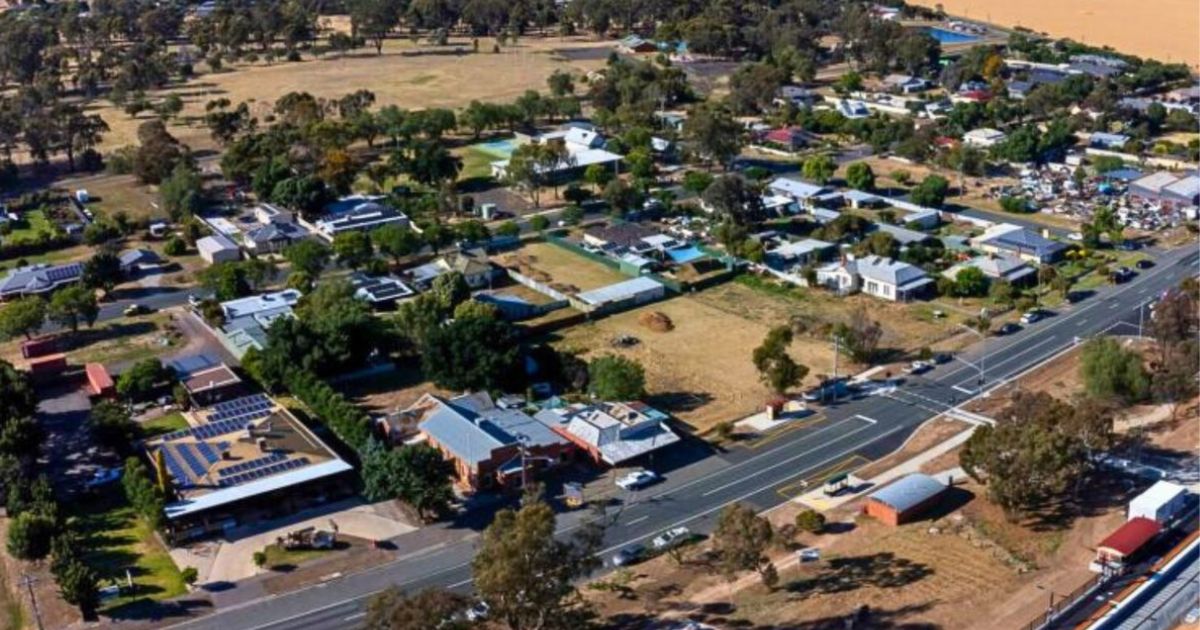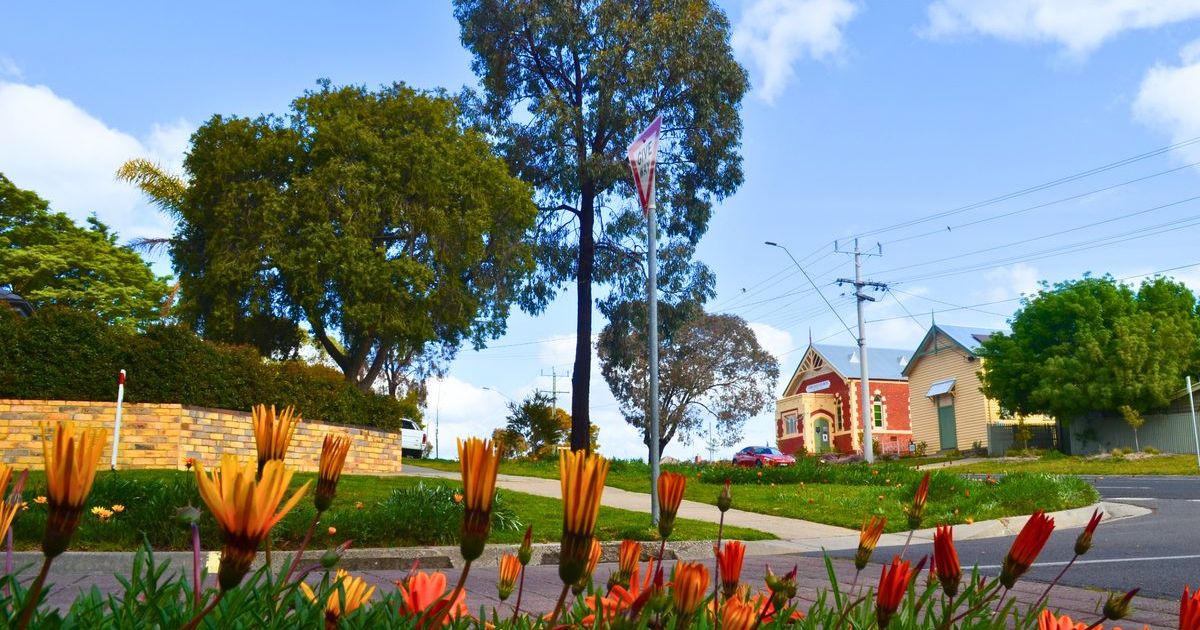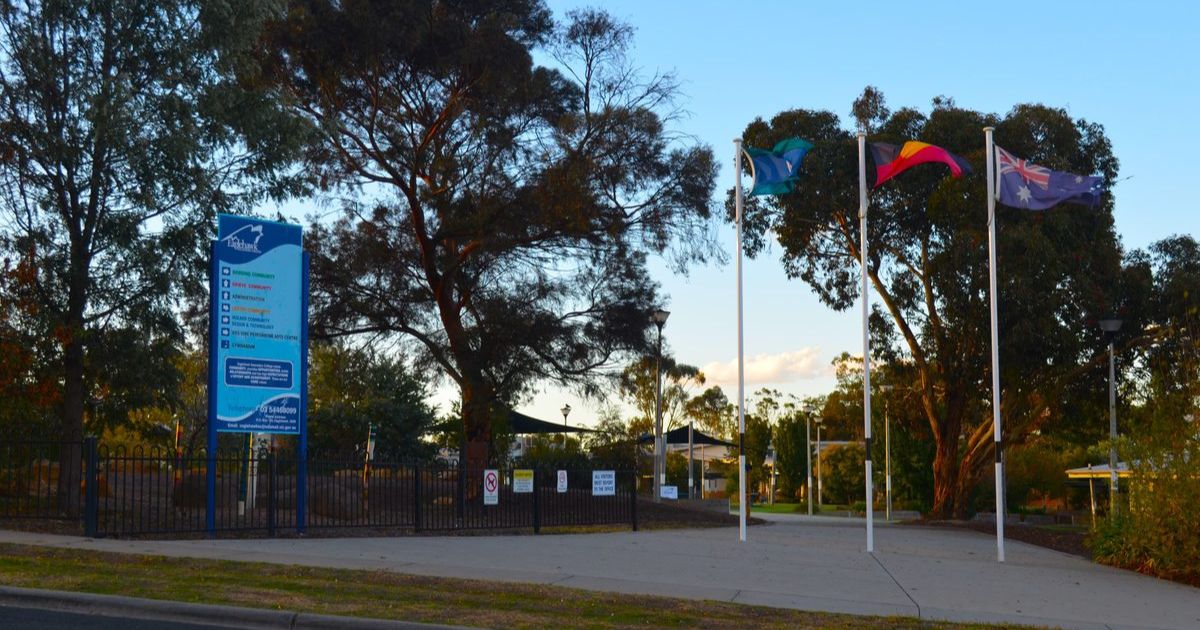Huge yabby farm goal for First Nations group

Enterprising: DJAARA representatives Dan Duggan and Trent Nelson took part in the launch of DJAKIT last week at Lockington where the Dja Dja Wurrung Clans Aboriginal Corporation plans to set up a large yabby farm. Photo: STEVE WOMERSLEY
DJA Dja Wurrung Clans Aboriginal Corporation launched a food and fibre enterprise last week at the corporation’s new farming property near Lockington.
At a site known as DJAKITJ, the group plans to produce native plants and animals for commercial sale and the site could hold the southern hemisphere’s largest yabby farm.
DJAARA CEO Rodney Carter said it was a proud moment for the organisation.
“This is a significant milestone for us,” he said. “For the first time, DJAARA has invested its own funds, $1.6 million, to buy our own land back so we can set up this exciting business.
“The enterprise has been a long-held dream. DJAKITJ is all about, dhelkunya beng, nourishing the body.
“This is a step towards self-determination, a step towards a strong and diverse economic base for Dja Dja Wurrung people. Along with profits, the farm will also create employment opportunities.”
DJAKITJ business manager Dan Duggan said he was excited to start development at the site and work should get underway in the second half of the year.
“We will have somewhere in the range of 50 to 60 yabby ponds,” he said. “We’re also targeting to put in 46,000 mature kangaroo grass plants.
“If you think about how quickly we’re going to see results out here based on the work that’s been happening, it’s really exciting.
“We’ll be looking to break ground some coming towards the back end of spring or early summer.”
Mr Duggan said he is looking forward to seeing the farm progress over the coming years.
“What does it look like in a couple of years’ time?” he said. “Hopefully, the other elements of the business will be dual. That would be the education and art side of the business.
“I mean, can you just imagine for a second, schools and corporations coming out here learning about species, learning about culture, cooking up and going home with some yabbies?
“It’s going to be an exciting, busy space.”
With construction starting later this year the first harvest of yabbies is expected sometime in 2024, Mr Duggan said it will be quite a significant facility.
“The scale of the operation is really going to be something special,” he said.
“There will be a brood stock and hatchery facility as well as research and development areas for both aquaculture and native plants and bush food.”


















